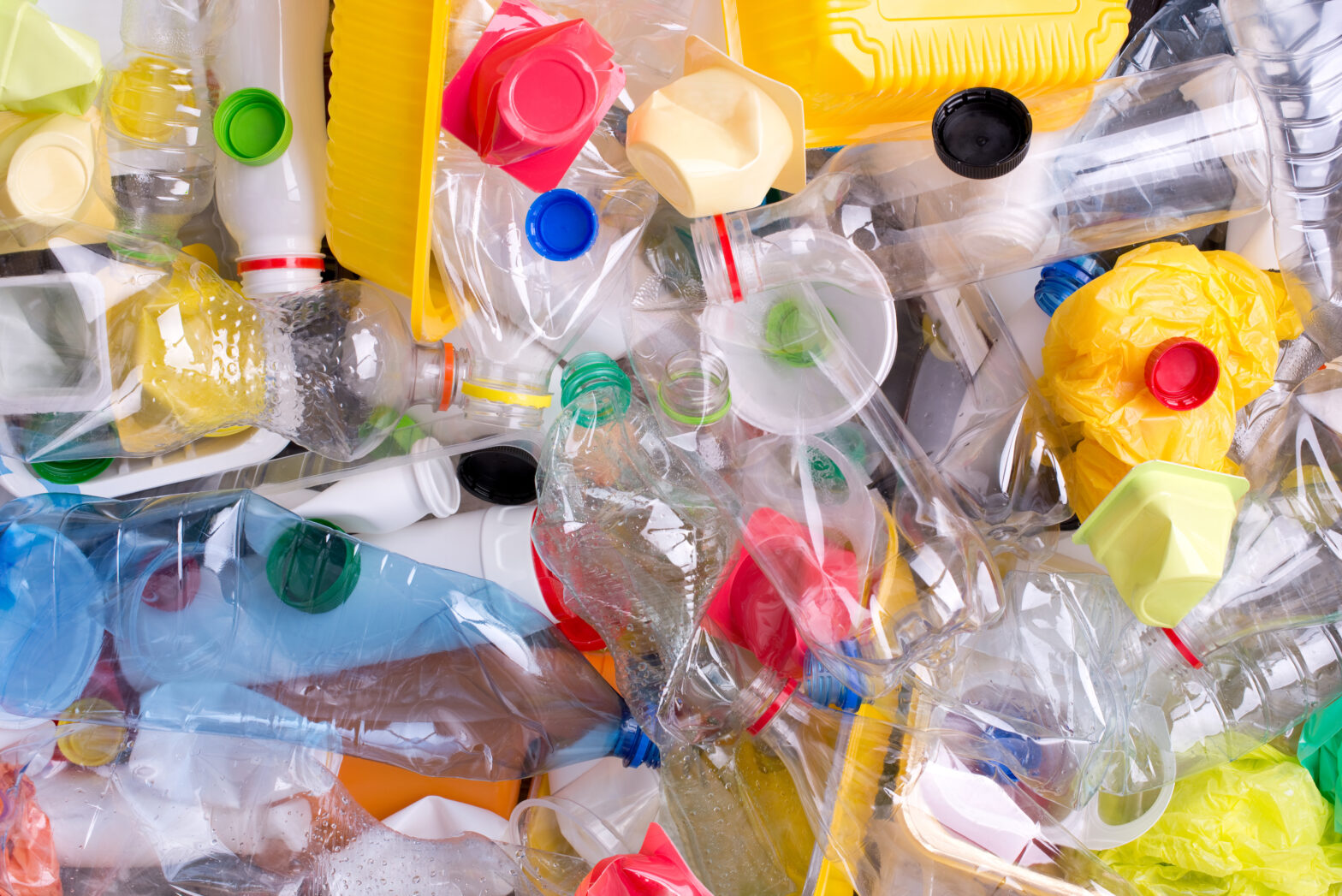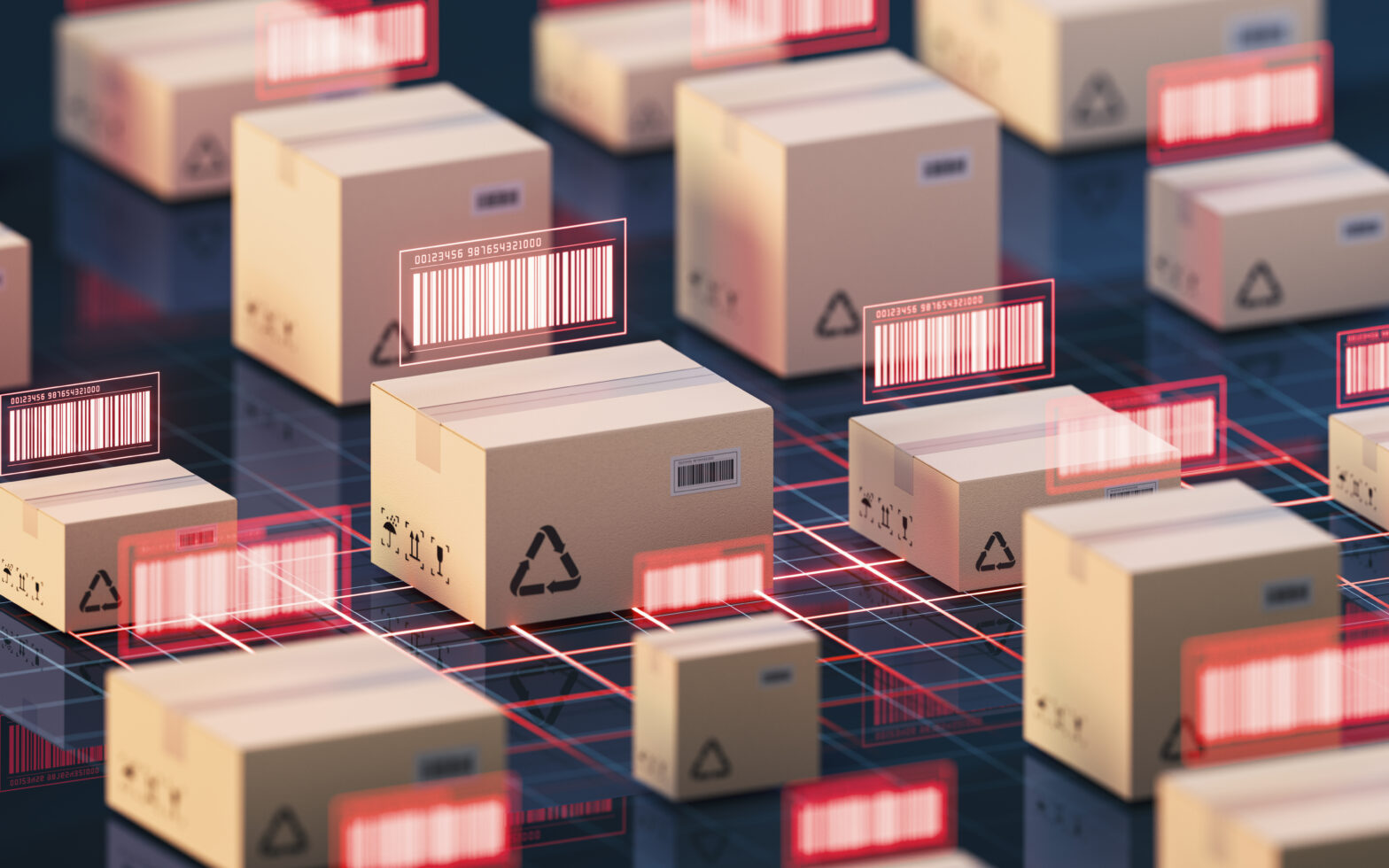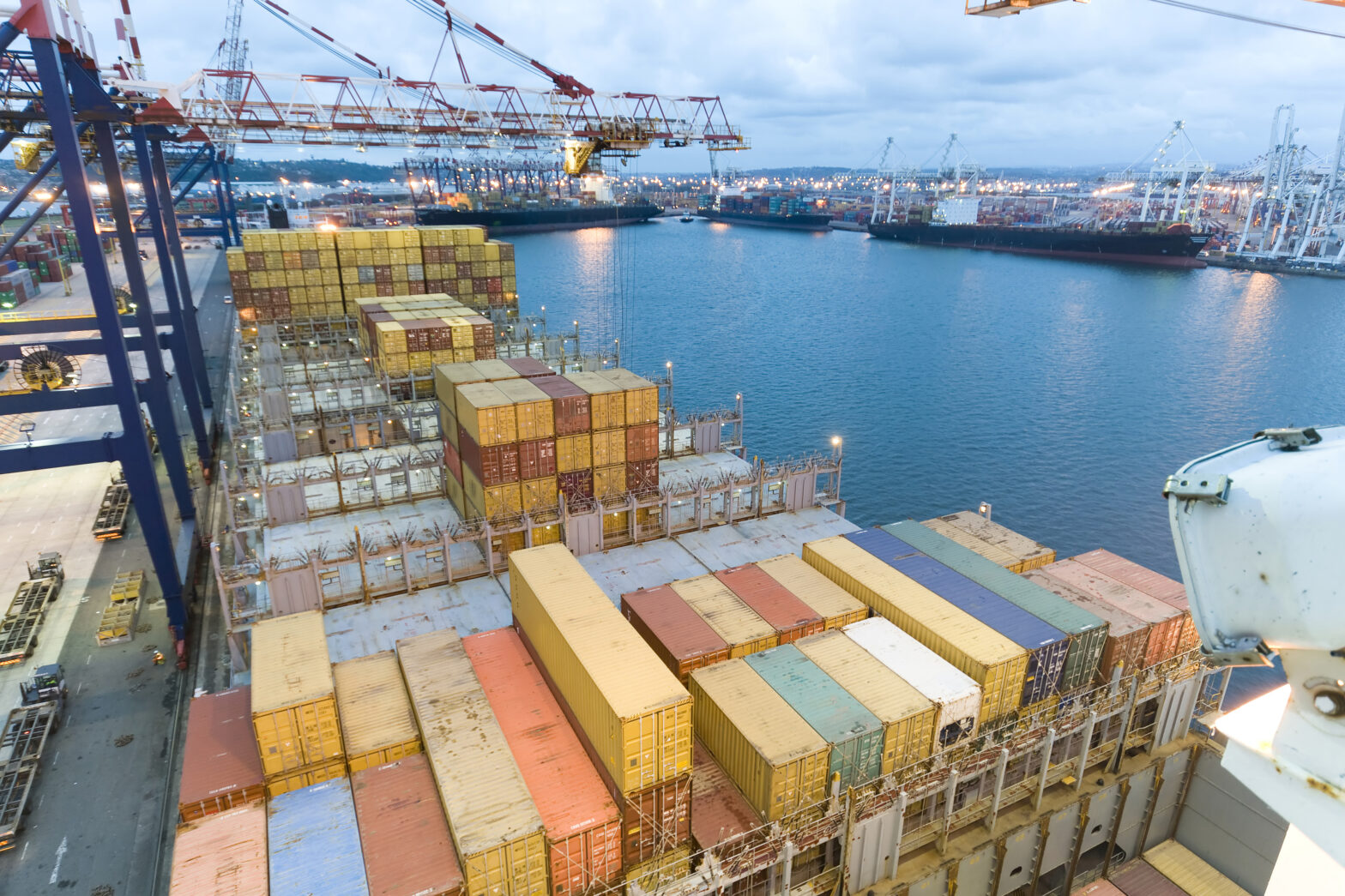Overlooking the packaging is a relatively common mistake small businesses and entrepreneurs make. They’re so focused on creating a great product that they don’t take the time to think just how important the right plastic container can be to ensure their product reaches their customers safely.
Of course, there’s also the matter of aesthetics to consider. It’s a well-known fact that, for many products sold in physical stores, the packaging can sell the product. If you take two identical products and put one in flashy packaging, while the other is wrapped in newspaper, you can bet your pension on the fact that the flashy packaging will sell, even if you tell people they’re both the same product.
This is less of a consideration when selling online, but even then it matters. Send a customer a product in a less than stellar package and see how quickly they come back to do business with you again. You’ll be waiting for a good, long while.
So, it clearly pays to take a little time and plan what type of packaging will be best suited for your product. Here are a few things to consider during the planning phase:
How will you sell the product?
If you’ll be selling your product directly, via a website, you need to consider that you’ll be shipping the product to your customers. If the plastic container is too heavy or bulky, it will increase shipping costs. Depending on your policies, it could either mean higher costs for you or your customers. The latter is worse because consumers will always choose a more cost-effective option, all other things being equal.
If you will also be selling your product in physical locations, through other companies than your own, then you have to consider the retailer’s requirements as well. For example, the packaging has to make the product look good when stocked on the shelves. Also, it shouldn’t be too bulky, because the retailer won’t be too happy with you if you’re taking up too much shelf space for nothing.
Does the packaging represent the product and speak to your market?
It’s important that the packaging reflects the product it contains, but also successfully lets your customers know what its values are. It’s all about making sure that customers can figure out the purpose of the product and its values the moment they see the packaging.
Likewise, the packaging has to appeal to your customers. This can be problematic for some because they try to please everyone, which isn’t possible. Instead, try to appeal to the customer you feel is ideal for your product, which will make things much easier for you.
In both cases, it has to be attractive. It has to draw people in. And while a repurchase will be determined by the product itself, an attractive package doesn’t hurt either.
Don’t be too different
While you probably want to set your product apart from the competition, going too far left of field with your packaging isn’t always the best choice. First of all, standard sizes will reduce your production and transportation costs. This can be carried over to your customers, who will appreciate the more attractive price point more than a whacky plastic container.
However, that doesn’t mean you have to be identical to everyone else. Plastic is very versatile and there are still ways you can set your product apart, with things like choosing a different colour than usual for the plastic containers you’ll be using, using a sexier label and so on.
So, if you’ve already got the perfect product, or even if you’re still in the planning stages, don’t forget about the packaging. While not necessarily as important as the product itself, the packaging is still important enough to warrant more than a passing thought.





